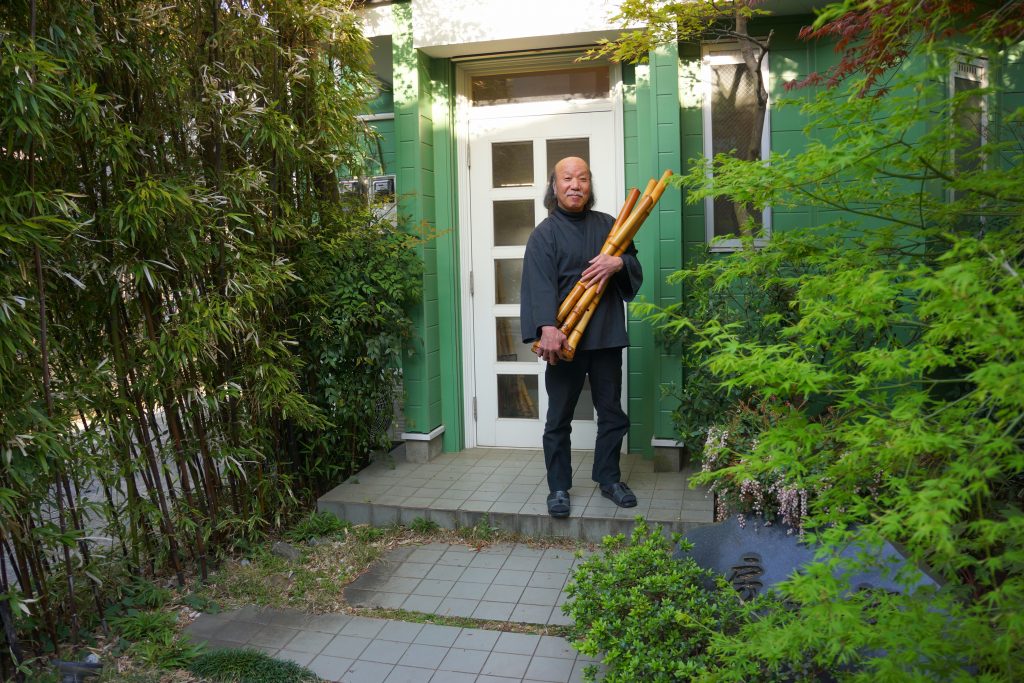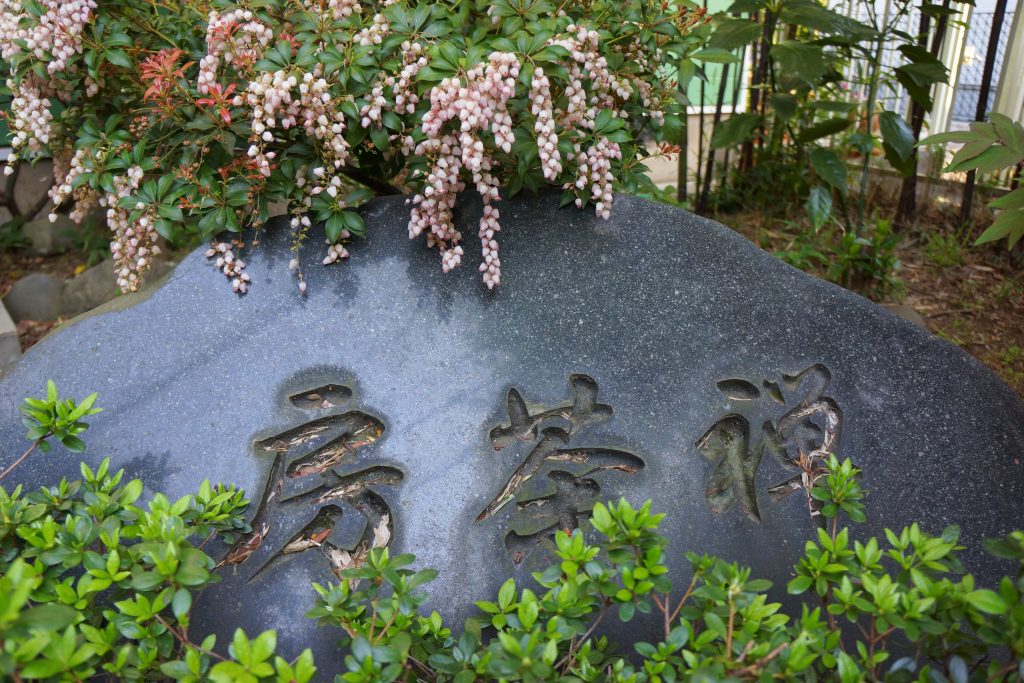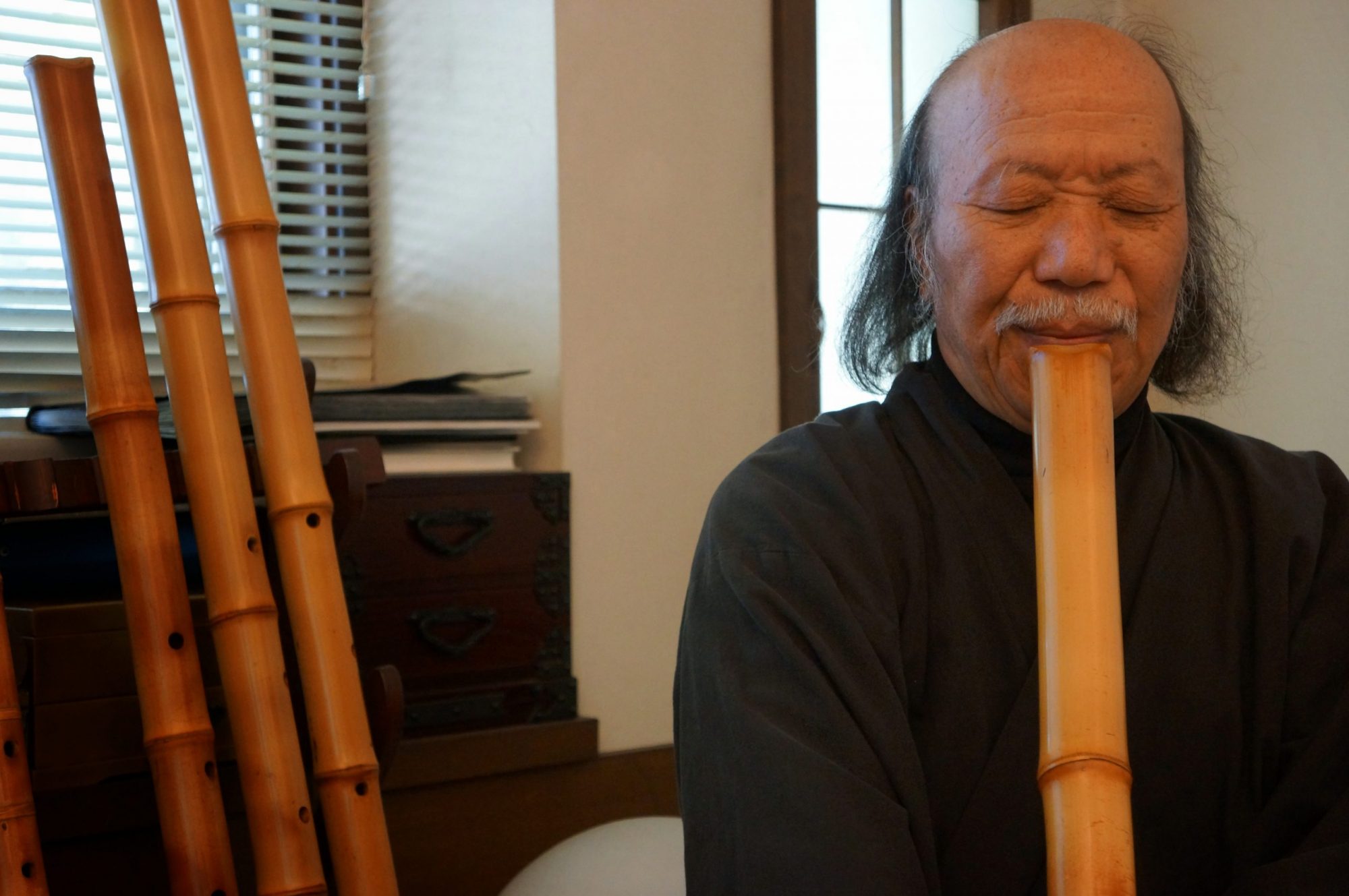Zensabo is a jinashi shakuhachi studio, which serves both as the working space for Okuda Atsuya, and as his teaching dojo. It is located in Kokubunji, in the western part of Tokyo.

禅茶房について
禅茶房儀現在一般に知られている尺八(地有り中継管尺八)と違い、 江戸時代の地無し延べ管尺八(法竹もしくは虚鐸)は、本来の竹の音色(遠音)が損なわれないよう、自然を尊重している。 それには出来るだけ人巧を加えず、内部の節々を所々採り残している。 いわゆる地無しで正攻法に依る作り方をその儘、残していて、表面は簡単にして内実は複雑を秘める。尺八を吹くことを「吹禅」と謂う。それは無意識の中の意識をコントロールし、呼吸のあり方を認識することを意味する。煩悩によってつくられた業は何時しか心の自由を失う。 また吹禅はこのような自由を失ってしまった心を本来の自由な姿に戻す一つの手段でもある。―吹禅と温故知新― 伝承上の形式である尺八本曲、その形式をもかりて伝承を云々する在り方からぬけでる境地を知る。 これは古い音楽の力を体験しそこから時代を超越した表現を得る。―先人の偉大な知恵― 自然の音と人間の心が合一した境地。 竹藪の折れた竹に風が吹き抜ける時に自ら鳴る音の相(すがた)を体得し、其の音に即して自分の思考を入れていく。
About Zensabo
Okuda Atsuya wrote: I see Zensabo as once in a lifetime encounter (ichigo-ichie). By placing importance on the now, which never returns, it is possible to have an ideal relationships between humans. Every encounter with a person should be treated as if it were a once-in-a-lifetime chance. This in expresses the philosophy of the Zensabo. I see as the true purpose of the Hotchiku!
The shakuhachi used in Zensabo is not the shakuhachi that is used in general today. In Zensabo a type of shakuhachi derived from the jinashi nobekan used during the Edo period (also called hotchiku or kyorei), which the respect of nature and the original sound of the bamboo. As little as possible has been done by human hand to create the jinashi shakuhachi used and as much as possible of the nodes in the bore have been left. The exterior of the bamboo is simple but the interior is complex.
The playing of shakuhachi is called suizen (Blowing Zen). This means you recognise the breath as it is and are in control of the awareness within unawareness. The work created by worldly desires loses the freedom of mind at some point while one is aware of it. Suizen can also be regarded as a means to return to freedom for those who have moved away from it. Shakuhachi honkyoku is a formalised tradition from which new ideas emerge based on the study of the past. Through the experience of the the power of the honkyoku, which transcends time and the player may gain a timelessness from it. The great wisdom of our ancestors – a space in which the sounds of nature and humanity are united.
Suizen is the realisation of the sound that occurs when the wind accidentally blows through a decayed bamboo in a bamboo grove, and adapting to that instant putting your thoughts in line with that sound.
The sounds of Zensabo played on jinashi nobe shakuhachi (Hotchiku)
The sound of Zen is complex.
Because many sounds and emotions can be found within one note.
One note is complex.
Because every note within a piece is important.
Every pieces is complex.

